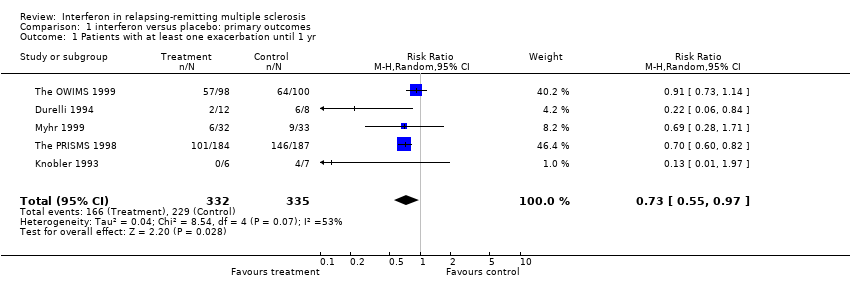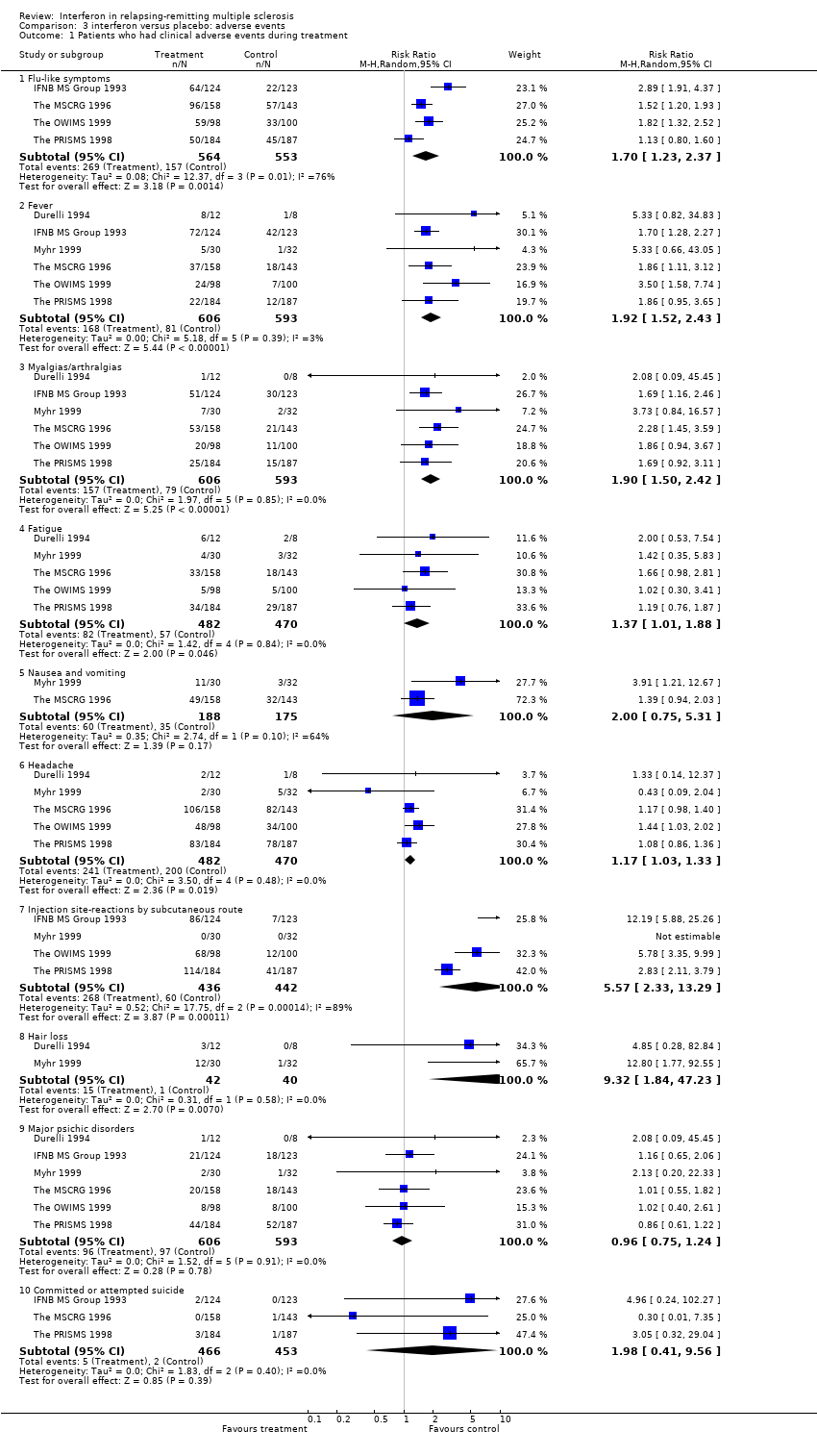Contenido relacionado
Revisiones y protocolos relacionados
Dian He, Rui Guo, Fubo Zhang, Chao Zhang, Shuai Dong, Hongyu Zhou | 6 diciembre 2013
Jia Liu, Lu‐Ning Wang, Siyan Zhan, Yinyin Xia | 23 diciembre 2013
Loredana La Mantia, Irene Tramacere, Belal Firwana, Ilaria Pacchetti, Roberto Palumbo, Graziella Filippini | 19 abril 2016
Eugenio Pucci, Giorgio Giuliani, Alessandra Solari, Silvana Simi, Silvia Minozzi, Carlo Di Pietrantonj, Ian Galea | 5 octubre 2011
Yousheng Xiao, Jianyi Huang, Hongye Luo, Jin Wang | 7 febrero 2014
Loredana La Mantia, Carlo Di Pietrantonj, Marco Rovaris, Giulio Rigon, Serena Frau, Francesco Berardo, Anna Gandini, Anna Longobardi, Bianca Weinstock‐Guttman, Alberto Vaona | 24 noviembre 2016
Marinella Clerico, Fabrizio Faggiano, Jaqueline Palace, George PA Rice, Mar Tintorè Subirana, Luca Durelli | 23 abril 2008
Jian Zhang, Shengliang Shi, Yueling Zhang, Jiefeng Luo, Yousheng Xiao, Lian Meng, Xiaobo Yang | 27 noviembre 2017
Juan Ignacio Rojas, Marina Romano, Agustín Ciapponi, Liliana Patrucco, Edgardo Cristiano | 20 enero 2010
Filippo Martinelli Boneschi, Laura Vacchi, Marco Rovaris, Ruggero Capra, Giancarlo Comi | 31 mayo 2013















